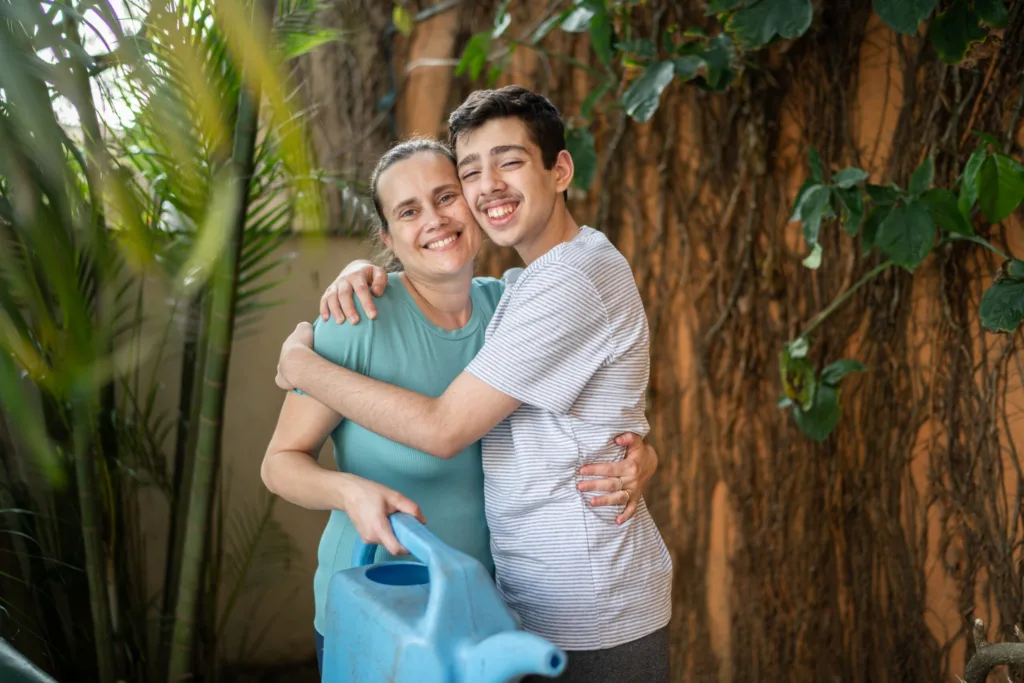You may have heard the terms awareness and acceptance used interchangeably, especially in conversations about autism; however, there is a fundamental difference between these two objectives.
History of autism awareness
Autism as a condition was first researched and described in the early 1940s. Between the 1940s and 1980s, before widespread autism awareness campaigns, the prevalence of childhood autism was thought to be between four and 20 in every 10,000 children. Presently, the Centers for Disease Control identifies autism at a rate of around one in every 31 children.
Early misconceptions about the rarity of autism led to initial awareness campaign messaging centered around parents gaining resources and services for their children. Autistic individuals often lacked representation in autism awareness campaigns, and autism was perceived as a problem to be solved.
In the modern day, campaigns similar in nature aim to boost awareness and gain funding for other under-researched or poorly understood conditions. Since autism is a neurodevelopmental disorder and cannot be cured, the original format of autism awareness campaigns associated are largely outdated.
Shift toward autism acceptance
Today, many more autistic self-advocates share their stories and insights to help educate neurotypical individuals on the autistic experience. The autistic community is much more widespread than initial researchers thought, so it is essential to uplift a diverse representation of voices to showcase a holistic view of autism.
While awareness is the first step towards acceptance, true acceptance is shown through a series of actions. It goes beyond familiarity or knowledge of symptoms of autism and instead involves taking a step back and adjusting in social situations to support autistic individuals.
What helps autistic individuals most is being understood, accommodated and respected – meaning, accepting autistic individuals for their differences and without trying to change who they are.
Ways you can support autistic individuals
- Offer a helping hand. Ask an autistic individual how you can help in an overstimulating situation and listen to what they need.
- Support autism-friendly accommodations. This may include quiet areas in public places, workplace environments or businesses.
- Support businesses that hire autistic individuals. Studies vary but estimate that between 50-85% of autistic adults are underemployed or unemployed, often due to a lack of understanding from employers combined with stereotypes and stigmas about autism.
- Open your mind to different ways of connecting and communicating. Understand that autism is uniquely characterized by deficits in social communication, meaning someone may experience difficulties with typical social pleasantries.
- Exercise patience and encourage self-advocacy. Many autistic individuals struggle with expressing how they are feeling in a way that can be digested by a neurotypical person. Be patient, avoid frustrating them and provide a supportive environment for them to express how they are feeling or what they need.
On a more removed level, you can also:
- Share current autism research on social media and correct others on stereotypes
- Volunteer your time to help autism organizations with their events or government affairs initiatives
- Wear autism acceptance symbols such as the rainbow infinity symbol
Autism awareness and acceptance observances
April is Autism Acceptance Month, formerly known as Autism Awareness Month. The Autism Society, led by parents and advocates, first designated April as Autism Awareness Month in 1970, and in 1988, President Ronald Reagan issued a presidential proclamation declaring April as National Autism Awareness Month.
Additionally, the United Nations established the second day of April each year as World Autism Awareness Day, which began in 2008. According to the UN, the observance strives to ”highlight the need to help improve the quality of life of those with autism so they can lead full and meaningful lives as integral parts of society.” So, rather than promoting awareness of autism as a condition, the UN’s observance intends to raise awareness of the need for society to help and change its perspective on autistic individuals.
As of 2012, each World Autism Awareness Day has a specific theme and focus, with 2025 focusing on “Advancing Neurodiversity and the UN Sustainable Development Goals.” You can re-watch the UN’s World Autism Awareness Day webinars here for more in-depth information about the theme.
As this year’s Autism Acceptance Month comes to a close, consider the autistic individuals in your life and the tactics you can implement to foster acceptance and improve your understanding of their condition.

